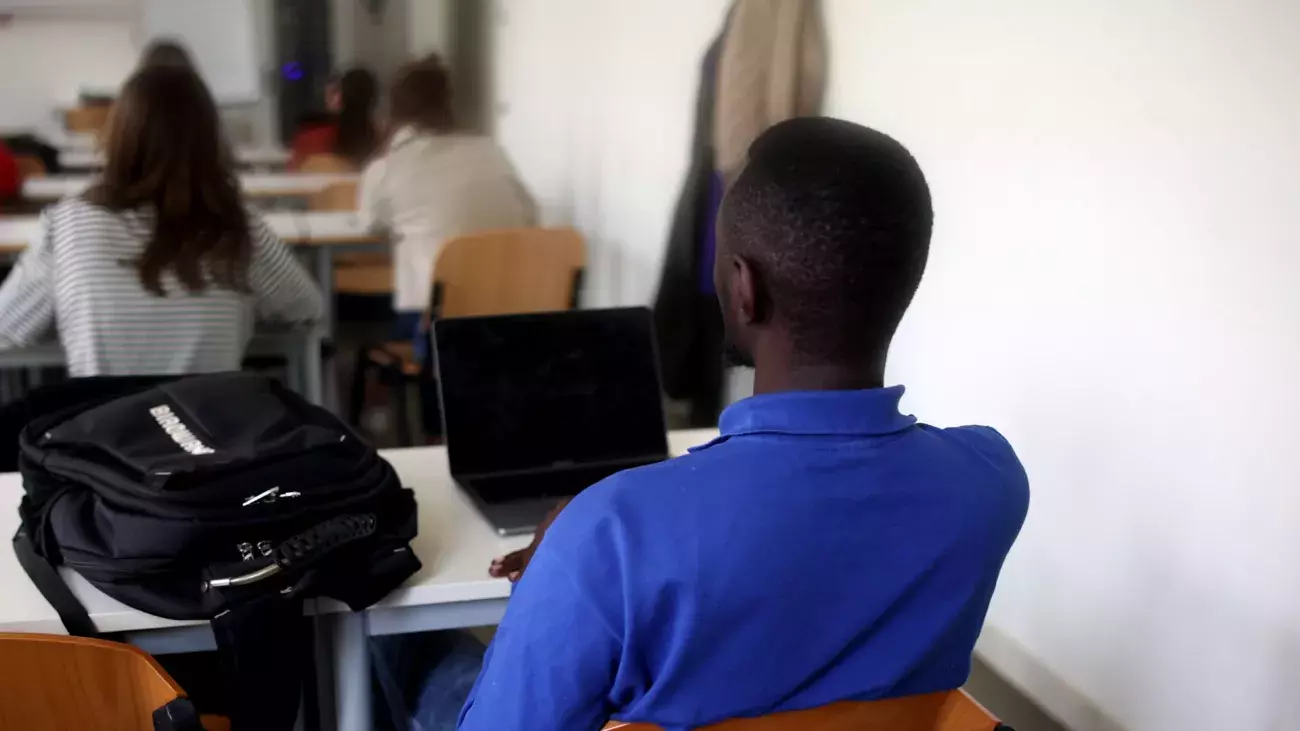Verbal communication is undoubtedly one of the main areas through which gender stereotypes and prejudices are built and conveyed. Language is in fact a tool and a practice that reflects the asymmetries present within society, contributing to consolidating them through the construction and strengthening of new and old stereotypes. On the other hand, however, language also has the ability to change these stereotypes and, most of all, to combat them.
Based on these assumptions, the University of Trento has decided to promote a reflection and to raise awareness regarding the use of language and images, to promote a non-discriminatory use of the Italian language in the various areas of daily life in the university community (public events, administrative texts, communications), and a careful approach in the choice of images as a real example of a free, open and inclusive community.
This choice is in line with European guidelines (Directive EU/54/2006 and the guidelines on "Gender neutral language in the European Parliament", 2008), national guidelines (Directive 23 May 2007 "Measures to implement equity and equal opportunities between men and women in public administrations"), as well as with the provisions of the Plan for positive action of the University of Trento.
To pursue these policies, a working group was set up consisting of lecturers from different disciplines who have examined the various materials produced by the University (administrative documents, web pages, information materials) and drafted the "Guidelines for the use of gender in administrative language", in response to the invitation of Accademia della Crusca to a correct use of language in compliance with Italian grammar, which has no neutral form and names, roles and professions are male or female.
The members of the working group are:
Barbara Poggio, Serenella Baggio, Giulia Boato, Vincenzo D’Andrea, Alessia Donà, Francesco Ghia, Ines Mancini, Patrizia Tomio, Silvano Zucal.
